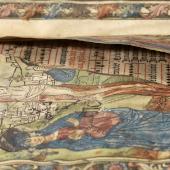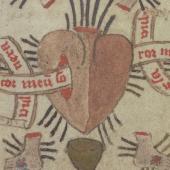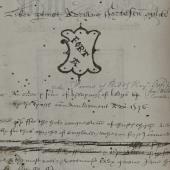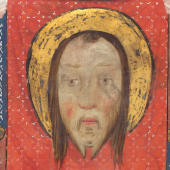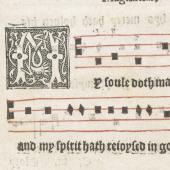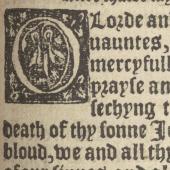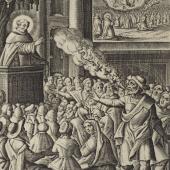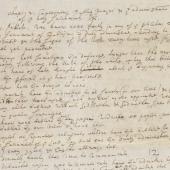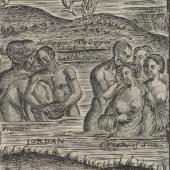Bodily Memory
Remembering the Reformation
Religion before the Reformation has been called a religion of the body. At the Mass, all five senses came into play. The priest conveyed the mystery of the rite through a complex intersection of different manual and bodily actions, including kissing the book, raising the host, breathing on the elements, clasping his breast, kneeling, signing with the cross. For the laity, this visual experience was compounded by the sound of bells, the smell of incense, the sight of candles, the touching of hands, the taste of offerings, in a synaesthesia of devotion. Prayer, both collective or personal, was centred around bodily actions, whether of prostration or of counting prayers on a rosary.
The Reformation called many of these actions into question by labelling them as forms of ‘superstition’. The Reformed liturgy of the Book of Common Prayer in 1549 abolished many aspects of bodily ritual such as the elevation of the host. And yet, as Ludwig Wittgenstein once remarked, ‘man is a ceremonial animal’. The Protestant liturgy provided for scriptural ritual such as washing with water in baptism, and laying on of hands in ordination. It also accepted kneeling as a sign of devotion or of penitence; and signing with the cross as a sign of God’s covenant with his people. These actions continued to cause controversy and dissent throughout the sixteenth and seventeenth centuries. The 1549 Book of Common Prayer still included an exorcism in baptism; but in 1552 it was removed.
Recent psychology has invented a concept known as ‘body memory’. The science is disputed, since there are no known means by which tissues other than the brain are capable of storing memories. And yet it is easy to apply the idea at least in metaphoric form to religious ritual. In prayer, the body remembers what to do: it kneels or stands as if by instinct. During the Reformation, this is compounded by the way that the body had to learn new gestures, and inhibit others, in order to conform with new government policy on doctrine. However, the body does not forget so easily. Embodied within the surviving objects, images, and texts, of the period, we find contested means of remembering, and forgetting, all kinds of forms of devotion.
